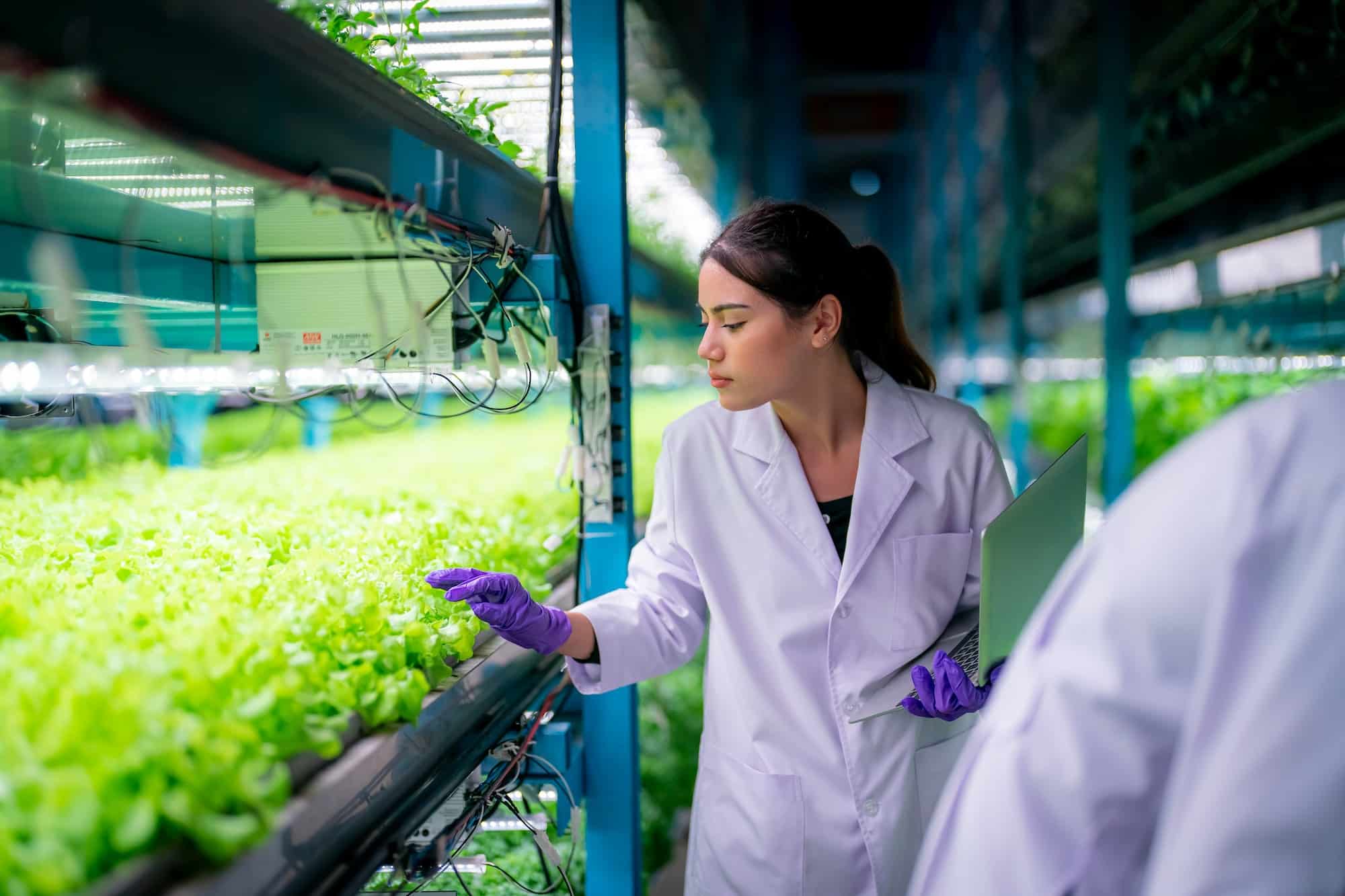Can Urban Vertical Farming Improve Access to Nutritious Produce in Food Deserts?

Food security has become a pressing issue worldwide, especially in urban areas that have turned into ‘food deserts’. A food desert is a community or area where fresh, nutritious produce is scarce or unavailable, often due to lack of grocery stores or farmers’ markets. Urban vertical farming is emerging as a promising solution to this issue, promising to transform the way we grow and consume food. This article will delve into the concept of urban vertical farming and how it can boost access to fresh, nutritious produce, particularly in food deserts.
Urban Vertical Farming: A Revolutionary Agricultural Technique
Urban vertical farming is a cutting-edge agricultural technique that maximizes food production by growing crops vertically. It involves converting urban infrastructures such as skyscrapers or warehouses into high-tech farms, making use of hydroponic or aeroponic systems to grow plants. Unlike traditional farming, it doesn’t require vast tracts of arable land or heavy use of pesticides and fertilizers.
En parallèle : What Is the Connection Between Sleep Apnea and Glucose Metabolism?
These vertical farms can be located in densely populated urban areas, providing communities immediate access to fresh, high-quality produce that’s grown locally. It’s a model of sustainable agriculture that recycles water, reduces waste, and minimizes carbon emissions associated with long-haul transportation of food.
A Fresh Solution For Food Deserts
In food deserts, where fresh produce is hard to come by, vertical farming can play a critical role in improving food security. By establishing vertical farms in these areas, residents would have direct access to a variety of fresh fruits and vegetables, regardless of their economic status or geographical location.
A lire aussi : How Can Smart Home Technology Aid in the Monitoring of Chronic Health Conditions?
Apart from providing fresh produce, vertical farms also offer job opportunities for community members. By involving residents in the growing, harvesting, and marketing processes, vertical farms could also stimulate local economic growth and community cohesion. Therefore, vertical farming is not just a solution for food insecurity, but a catalyst for community development and empowerment.
Can Vertical Farms Really Feed The World?
While the concept of urban vertical farming sounds promising, the question remains: can these farms realistically feed the world? According to experts, current vertical farming technologies can produce up to 100 times more per square foot than traditional farming methods. Moreover, vertical farms can operate year-round, regardless of weather conditions, leading to more frequent harvests and increased yield.
Vertical farms also use up to 95% less water compared to conventional farms, making them a more sustainable option for food production in water-scarce regions. Furthermore, since these farms are located in urban areas, they can drastically reduce the carbon footprint associated with transporting produce from rural farms to urban markets.
Challenges and Future Prospects
While vertical farming offers many benefits, it’s important to note that this form of farming also faces significant challenges. The high cost of setting up and running a vertical farm, including the costs of electricity for lighting and temperature control, can be prohibitive. However, advancements in renewable energy technologies and energy-efficient LED lighting systems could help offset these costs in the future.
Another challenge is scaling up. Vertical farms are currently more suited for growing high-value crops like herbs and leafy greens, rather than staple crops like wheat or corn. But, with continual innovation and technology development, this might change.
Vertical farming is an exciting development in the world of agriculture, and its potential impact on food security, especially in food deserts, is substantial. It’s a testament to our ability to adapt and innovate, ensuring that every community, regardless of its location, has access to fresh, nutritious food.
Impact on Communities: Creating a Sustainable Future
Urban vertical farming has the potential to transform the landscape of urban areas and create a sustainable future for communities. It can contribute to urban greening efforts, improving air quality, and reducing urban heat island effect.
Moreover, it can foster community engagement and education, teaching residents about the importance of sustainable food production, healthy eating, and food security. It can also provide an avenue for residents to participate directly in food production, fostering a closer relationship with the food they consume.
Urban vertical farming is more than just an innovative agricultural technique. It’s a holistic approach that integrates sustainable food production with community development and environmental conservation. It’s a promising solution to the pressing issue of food deserts, offering a beacon of hope for a future where everyone has access to fresh, nutritious produce.
Role of Technology in Boosting Urban Vertical Farming
Technology plays an integral part in urban vertical farming, as it helps turn urban structures into high-tech, productive farms. From the utilization of solar power to fuel energy needs to the use of automated systems that control irrigation and nutrient supply, technology is at the core of this innovative farming model.
Hydroponic and aeroponic systems, which are at the core of urban vertical farming, are technological marvels. They allow for efficient water and nutrient delivery to plants grown in vertically stacked layers. These systems, coupled with artificial lighting technologies like LED, enable the growth of a variety of crops in controlled environments without the need for soil or natural sunlight. This significantly increases the productivity per square foot, a fact that is essential in space-constrained urban areas.
Additionally, technology in urban vertical farming also includes the use of cutting-edge designs and materials that ensure vertical farms are energy efficient and sustainable. For instance, the use of insulated materials can help maintain optimal growing conditions, thereby reducing energy costs.
While the use of technology in urban vertical farms can be costly, the benefits cannot be understated. Besides increased yield, these technologies allow for year-round food production, thereby enhancing food security in urban areas.
The Future of Urban Vertical Farming: A Path Towards Food Security
Urban vertical farming is still an emerging field, but its potential to transform urban food systems is immense. With the increasing global population and urbanization trends, the pressure on land and water resources is escalating. Therefore, developing sustainable solutions like urban vertical farming that maximize land use, conserve water, and ensure access to fresh produce is critical.
The future of urban vertical farming looks promising. With continual improvements in technology, the cost of setting up and maintaining vertical farms is expected to decrease, making it more accessible to low-income communities. Furthermore, innovation in the farming techniques could allow for the cultivation of a wider range of crops, including staple crops that are currently challenging to grow in vertical farms.
As more urban farms emerge, they will not only provide fresh produce to communities but also offer employment opportunities, contributing to urban economic growth. On a larger scale, they could help reduce food miles, lower carbon emissions associated with food transportation, and contribute to climate change mitigation efforts.
In conclusion, urban vertical farming is a promising solution to enhance food access and improve food security in urban areas. It’s a testament to human ingenuity and the determination to create a sustainable future, ensuring everyone, regardless of their geographic location or economic status, has access to fresh, nutritious food. There’s no doubt that urban vertical farming will be a significant component of future urban landscapes. It’s not just about growing food; it’s about growing communities, improving health, and safeguarding our planet.
